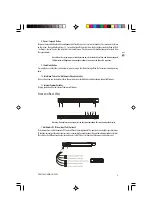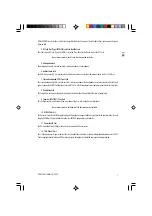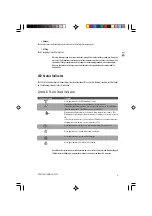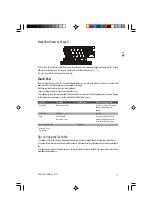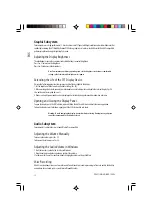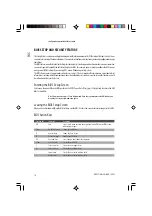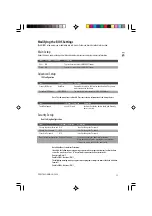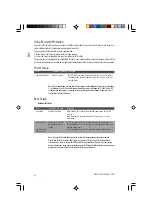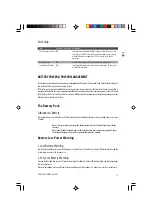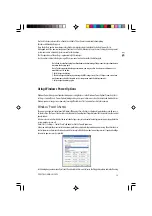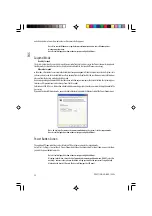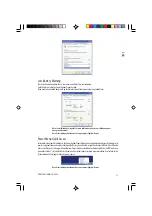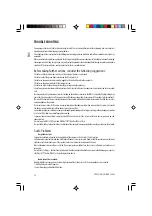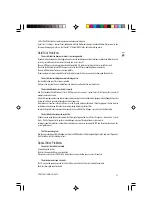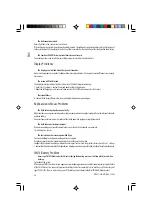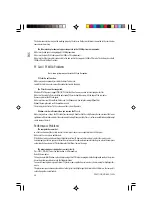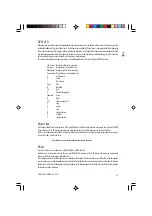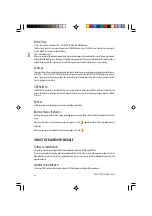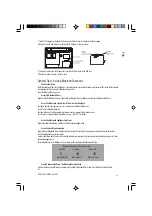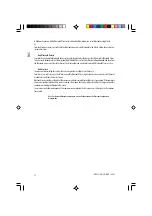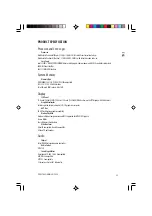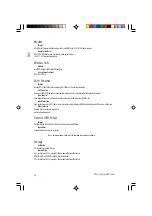
19
PRESTIGIO NOBILE 159W
ENG
Use the AC adapter wherever AC wall outlet is available. This will ensure uninterrupted computing.
Purchase additional battery pack.
Store the battery pack in room temperature. Higher temperature tends to deplete the battery’s power faster.
Make good use of the power management function. Save To Disk (Hibernate) saves the most energy by storing current
system contents in a hard disk space reserved for this function.
The life expectancy of the battery is approximately 300 recharges.
See the notices section in the beginning of the user manual on how to care for the battery pack.
Note: Read Section Protecting Your Notebook in the beginning of this manual for tips about how to
maintain the battery pack.
Note: To achieve optimal battery performance, you may need to do a battery calibration at a 3-
month interval. To do this:
1. Fully charge the battery.
2. Then discharge the battery by entering the BIOS setup screen. (Press F2 key as soon as you turn
on the computer. And let it remain at the setup screen until the battery runs out.
3. Fully charge the battery again.
Using Windows Power Options
Windows Power Management provides basic power saving features. In the Windows Power Options Properties [Start >
Settings > Control Panel > Power Options] dialogue box, you may enter time-out values for display and hard disk drive.
Windows power manager saves power by turning off hard drive after 1 minute of inactivity, for example.
Windows’ Power Schemes
The power management control panel in Windows XP, known as Power Schemes, is designed to provide the user with an easy-
to-use interface. The Power Schemes tab can be found in the Power Options Properties panel that is accessible via the control
panel window.
Schemes are easy to understand, based on notebook usage scenarios, and control not only processor power usage but other
system peripherals as well.
Go to [Start > Settings > Control Panel] and double-click the Power Options icon.
Always on mode puts the processor into maximum performance mode, which provides no power saving. The other schemes
control processor performance based on demand. For example, Max Battery mode lowers the processor’s speed and voltage
to conserve power as much as possible.
In this dialog box, you can manually set the LCD and hard drive’s time-out values in the Plugged in column and in the Running

